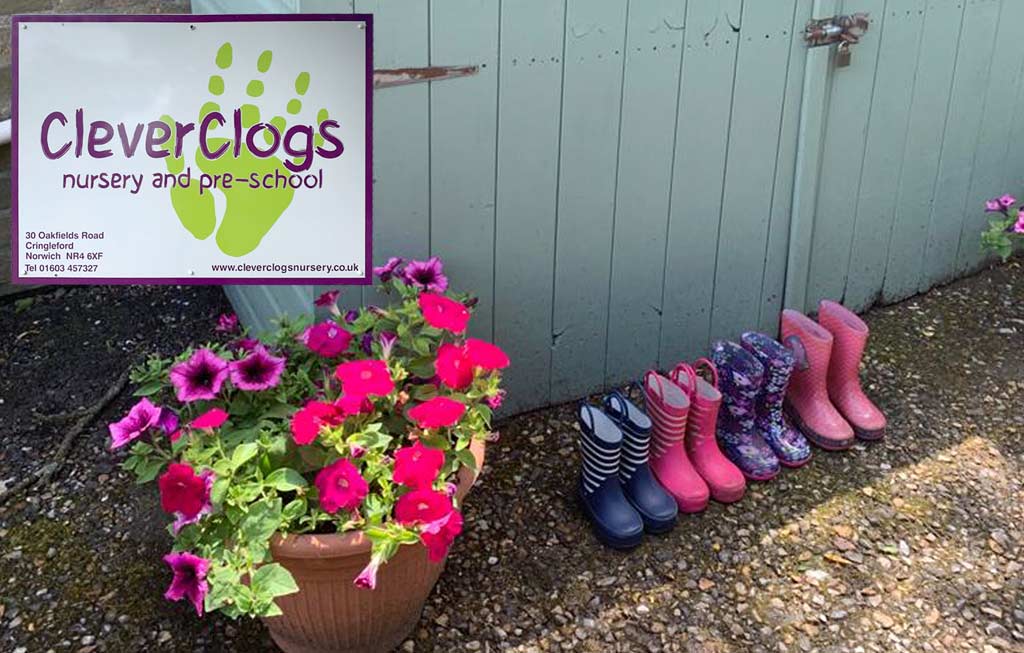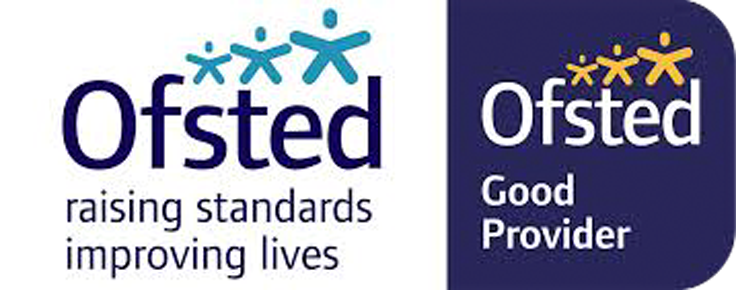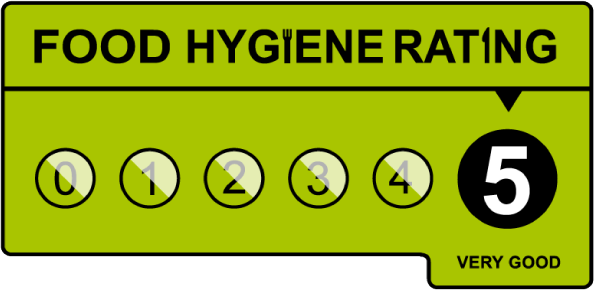CleverClogs Nursery and Pre-school
The role of the key person and settling in Policy
Policy Statement
We believe that children settle best when they have a key person to relate to, who knows them and their parents/ guardian well, and who can meet their individual needs. Research shows that a key person approach benefits the child, the parents/guardian, the staff and the setting by providing secure relationships in which children thrive, parents have confidence, staff are committed and the setting is a happy and dedicated place to attend or work in.
We want children to feel comfortable, stimulated, secure and safe within the setting and with all members of staff. We also believe that it is important that parents have the confidence in our setting and we encourage the parent’s role as active partners within our setting. We pride ourselves in making the setting a welcoming place where children settle quickly and easily. We aim to ensure this by giving consideration to the individual needs and circumstances of children and their families.
The key person role is set out in the Safeguarding and Welfare Requirements of the Early Years Foundation Stage which states that each setting must assign a key person for each child. Our procedure ensures that we assign key workers in a way that meets the child’s needs and as well as promoting effective and positive relationships for children within our setting.
Procedures
We allocate a key person based on positive relationships for children within our setting. To enable this we start with 2 settle sessions which are offered free of charge for up to 2 hours each; this allows children to build positive relationships with all staff members and based on their particular emotional attachments we then assign a key person. During the process of building these attachments the room leader is responsible for the induction of the family, answer any questions, explain the settling procedure and ease any worries. The staff member will work with the parent/guardian to plan and deliver a personalised plan for the child’s well-being, care and learning.
Once the key person has been assigned based on the built attachment they offer unconditional regard for the child and remain non-judgemental. The key person acts as the key contact for the parents/guardian and has links with other carers involved with the child, such as childminders, and co-ordinates the sharing of appropriate information about the child’s development with those carers. A key person is responsible for developmental records and for sharing information on a regular basis with the child’s parents to keep those records up to date, reflecting the full picture of the child in our setting and at home. The key person encourages positive relationships between children sharing the session. We promote the role of the key person as the child’s primary carer in our setting, and as the basis for establishing relationships with other staff and children.
Settling in
Before a child starts attending the setting, we use a variety of ways to provide his/her parents/guardian with information. These include written information, Instagram posts, emails, phone calls, displays about activities available within the setting, information days and evenings and individual meetings with parents/guardian.
The manager provides opportunities for the child and parents/guardian to visit the setting before a child is enrolled. We use pre-start visits and the child’s first session to complete an all about me form (or care plan) with the parents/ guardian. When a child starts to attend, we explain the process of settling in with his/her parents and jointly decide on the best way to help the child to settle into the setting.
We understand that younger children will take longer to settle in, as will children who have not previously spent time away from home. Children who have had a period of absence may also need their parent to be on hand to re-settle them. We aim to ease the parents and plan to help the child settle in a variety of ways.
We judge a child to be settled when they have formed a relationship with their key person, for example the child looks for the key person when he/she arrives, goes to them for comfort, and seems pleased to be with them. The child is also familiar with where things are and is pleased to see other children and participate in activities.
CleverClogs
Longwater
441 Dereham Road New Costessey
Norwich NR5 OSG
Click here for CleverClogs Longwater


CleverClogs
Cringleford
30 Oakfields Road Cringleford
Norwich NR4 6XF
Click here for CleverClogs Cringleford



